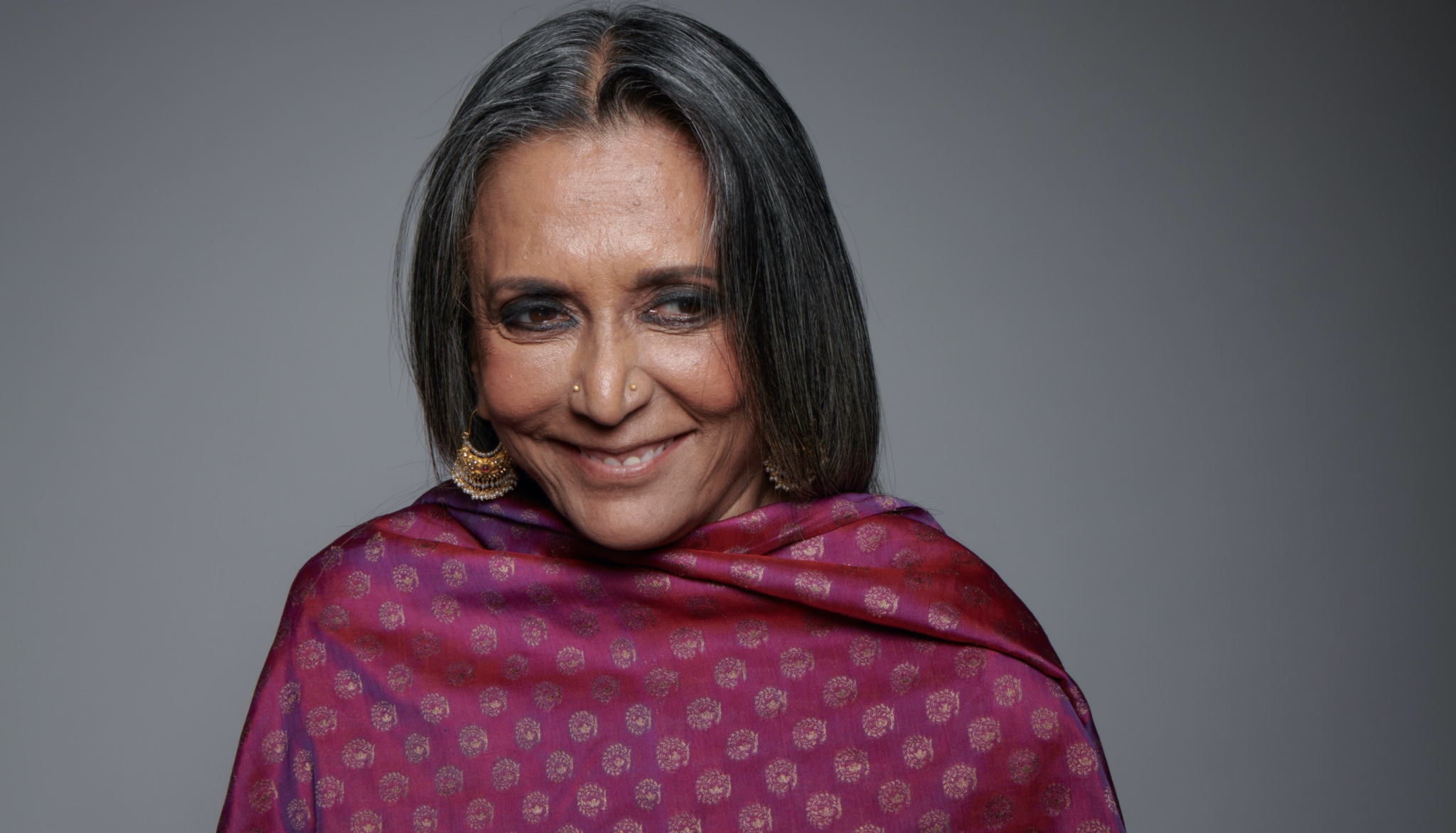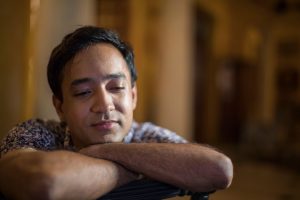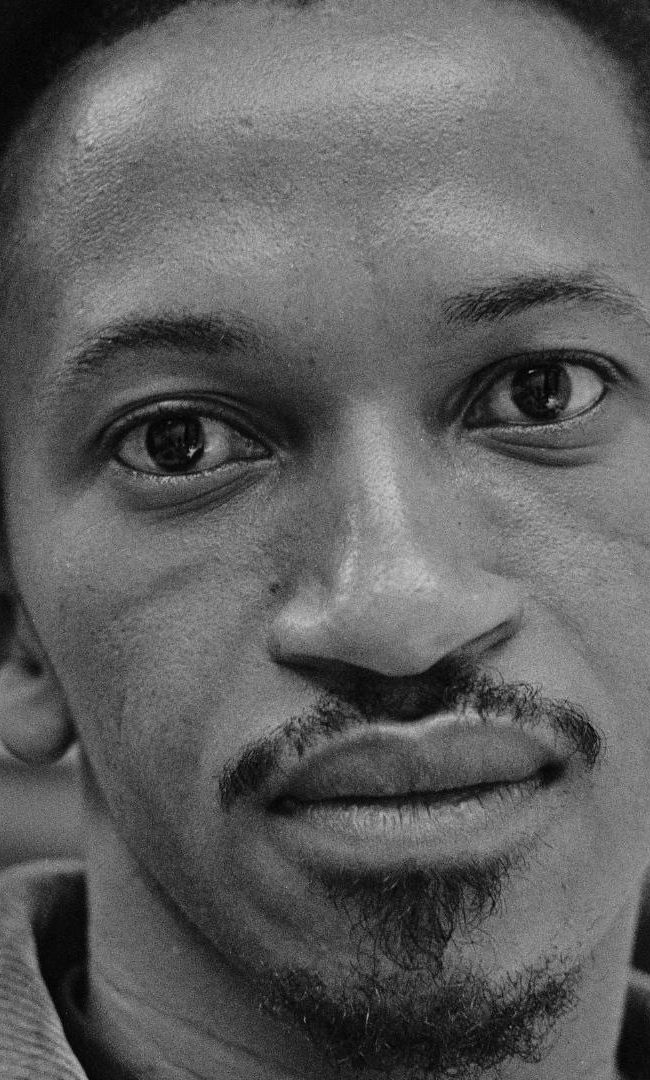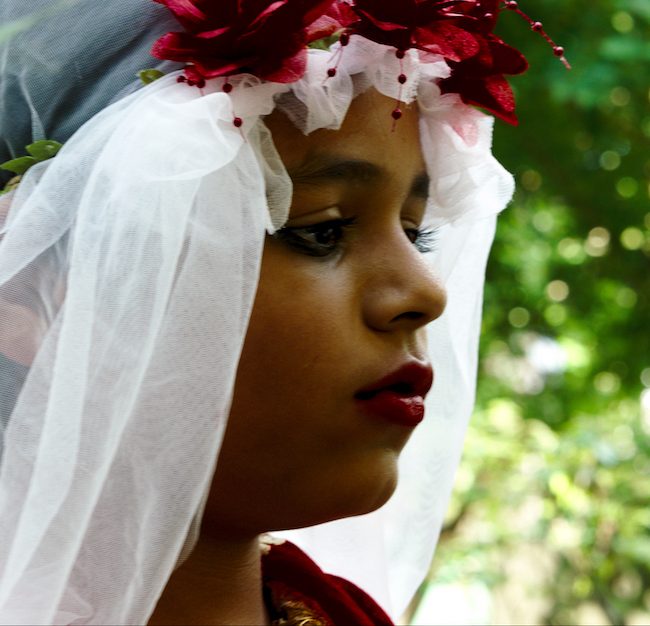A Conversation With Deepa Mehta (FUNNY BOY)

I recently spoke by Zoom with director Deepa Mehta (Water) about her latest film, Funny Boy (which I also reviewed), based on the eponymous book by Sri Lankan author Shyam Selvadurai. The story centers around a Tamil family and their gay son, Arjie, whose budding sense of sexual identity emerges in the middle of the early 1980s ethnic conflicts with Sri Lanka’s Sinhalese majority. Here is a condensed digest of our conversation, edited for length and clarity.
Hammer to Nail: In so many of your films, at least the ones that I’ve seen, you explore how gender and gender identity often clash with culture. Where would you say that interest comes from?
Deepa Mehta: Well, I think that interest about the clash between gender identity and culture actually comes from growing up in India and living in a joint family, which most of us did. We lived in a house where my father’s older brother and his family lived. So that’s called a joint family, and this was quite usual. And I think growing up in joint families as kids, you really get to observe much more than you would in a nuclear family. That extended family becomes your grandmother, your grandfather, your uncle, your aunts…they all lived together. And that had a lot to do with the growing up and observing. And then you’re a part of five kids as opposed to one or two. And I think for me, specifically, I just, I could be left alone. I didn’t have to be a part of the group because there were so many kids. And that gave me a chance to see how patriarchy worked. I didn’t know it was called patriarchy, but just the way men behave towards women. That has a lot to do with it.
HtN: How do you think your emigration to Canada informed the way you have since made stories about your homeland?
DM: I met a Canadian in Delhi when I was already making films. I had made a couple of documentaries in India. And I don’t know if you know, but my father was a film distributor and film-theater owner. So I grew up with movies. So then I met Paul Saltzman, who then became my husband. And now we’ve been happily divorced for 40 years. (laughs) And I had traveled a lot before coming to Canada. So it isn’t as if I came as an immigrant and I didn’t have the right shoes on, but I suddenly knew what it means to be the other, and I still do to this day. How did it inform me? It made me realize that the stories that I wanted to tell, and that were embedded in me or a part of me, were actually stories that were Indian. India gave me the stories and Canada gave me the freedom to tell them.
HtN: So talking about this film, there are a lot of fraught emotions and violence within it, but I found that the narrative itself actually proceeded at a fairly gentle pace, almost in contrast to some of what we’re seeing on screen. When did you decide on that method to offset the content?
DM: I think that what I wanted to focus on when I put the script away as a writer and picked it up as a director was, “What is the film about for me?” And the film was about the oppression of minorities. And whether the minorities were about caste or culture, they were also about sexuality. The fear of the voice of the other being heard was what ran through it. And that voice usually isn’t one that shouts; it starts slowly. Perhaps we start from our abdomen and then it comes up to our vocal cords very slowly, and then very softly we say, “My name is Arjie.” And then the world explodes. So I wanted that journey to be from within the body and to come out very slowly, the way it would, and softly. It wouldn’t be shouted out. That kind of confidence does not come with a shout-out; it comes with a thinking process.
HtN: When did you land on this device of flashing forwards and backwards within scenes? Although we might be with an older Arjie or a young Arjie, we suddenly flash within that same scene to the other version. Where did that device come from?

Arush Nand in FUNNY BOY
DM: I didn’t want it to be a linear story. We start with a young Arjie, and at some point we shift to the older Arjie. I didn’t know how I was going to do it till the first scene, in fact. So I’m a very instinctive director, and I just went with it. I just felt at that point when we were shooting with the older Arjie, who’s got his tennis racket, he’s got the ball and his father tells him, watch it or play properly or whatever he does. And there’s a moment and that moment had to do with memory. And you realize that this kid has been living this for years, living being put down, living being…not put down badly in a way, but still being told what to do. And the whole thing then became about how as adults, we never really ever forget something that happened to us as children.Then after that, it was easy to choose those moments, that were strategic, but very simple. I wanted to keep it as not a huge flashback but something quite organic. So it actually came to me on set.
HtN: I really enjoyed the cast. Could you talk about casting them? Also, did you try to make sure that the Tamil characters were played by Tamil actors and the Sinhalese by Sinhalese? Or was that not really important?
DM: The book is written by a wonderfully talented young man named Shyam Selvadurai. He is half-Tamil and half-Sinhalese. The book for him has been always about Sri Lankans and about the bridge between…what he was trying to do was – and he says so and it’s in the book itself – build that bridge of solidarity. He uses a wonderful quote, which is something like, “One of the reasons we hold onto hate is that if you have to let go of the hate, then we have to deal with the pain.” And he felt that the book was about how we have to let go of the hate and unless we feel the pain, the healing will never start.
HtN: Right, I think it’s a James Baldwin quote, actually.
DM: There you go. See? I knew you were bright. (laughs) And I think it’s such a meaningful quote for me, and for him, obviously. So what we did was we spent…it took us about a year to get permission to make the film in Sri Lanka. And you can’t just go there and say, “I want to make a film about this beloved book that is set in Sri Lanka.” You have to get permission from the Sri Lankan government to film there. And then we were refused twice. They did not want it there, and for two reasons, even though the book is a beloved book. One of the reasons is because to be queer is still illegal and is a criminal offense in Sri Lanka. So, they didn’t want that to be the center.
And the other thing was that even though there have been some films made about the civil war, they haven’t been films that have traveled outside Sri Lanka, so to speak, so they were apprehensive. So it took us one year, and what the year did was actually give us, Shyam and me, a year to actually look for cast, for the right cast. For the Tamils to play Tamils and the Sinhalese to play Sinhalese, which is an easy thing to say to you right now, but it’s not that easy to find. You can find Sinhalese actors who can look right for the part, but can they act, or can they be the part?
And I’m going throw another quote at you, since you’re into quotes. (laughs) I think it’s Berthold Brecht and he says that, “Art is not a mirror held up to reality, but a hammer with which to shape it.” And so, yes, we wanted to embrace the reality, but sometimes you just can’t do what you want to do. And we tried to have Tamils play Tamils and Sinhalese play Sinhalese. How wonderful it would have been. But we couldn’t help it. There were some that couldn’t play it. Some that would play it, but couldn’t get a visa. But half the cast is Tamil, so I’m really happy about that. And if you talk to Shyam, he gets very upset by this question, because he said, “I’m not a Tamil, this book is about Tamils and Sinhalese. Why are you erasing me?” So that’s the fact, too.
HtN: Right, and I think what we find is how much these problems of lingering ethnic conflicts in our world are due to colonial legacies, with folks like the British coming in and then making people feel their ethnicity more than they did before. My understanding of Sri Lanka is that before the British came there really weren’t conflicts between the Tamil and Sinhalese, to speak of. So I think that’s an excellent point. Why should it matter?
DM: Yeah. Why should it matter? But it obviously does. And then we go back to what you rightfully said was the James Baldwin quote which is that hatred keeps us stuck from actually feeling the pain, and so to hate is so much easier. And that’s not the reason that Shyam wrote the book. And that’s certainly not the reason that I made the film. I mean, Arjie is played by Brandon Ingram who happens to be a Burgher. And I think he’s done a wonderful job. He’s an empathetic, wonderful actor who really felt what it was like to be the other.
HtN: You said Brendan was a Burgher. I’m sorry, I confess my ignorance: what is that?
DM: A Burgher is a mixture between Sinhalese and Tamil. Michael Ondaatje is a Burgher. Whether your ancestry is from the Dutch colonizers or others. So I mean, it’s like in India: we are Muslims and Hindus and Buddhists and Jains, and everybody’s mixed up with everybody else.
HtN: Sure, sure. Well, I’m a European mutt, so there you go. (laughs)
DM: And I’m an Indian immigrant to Canada, so there you go.
HtN: What about your music rights? Did you have any problems? Because that song by The Police [“Every Breath You Take”] features so prominently, and it’s such a well-known song. Did you have any difficulties with that?
DM: I was lucky. We were lucky. I mean, one of my friends, and somebody who I admire hugely and who has liked my work, is an actor named Trudie Styler. And Trudie is married to Sting. And I really wanted to use the song because I thought it was a perfect love song for the two boys. And I asked Trudie to help out, and she did, and we got it for very little money. I mean, this is a low-budget Canadian film. And we were lucky, we were lucky. Trudie had liked the film that I’d done about domestic violence. And so it’s just luck. It really is. Yeah.

Brandon Ingram in FUNNY BOY
HtN: That’s great, because the song does work well. So, I guess it’s important to know Sting’s wife. (laughs)
DM: I mean, I’ve known her for many years, but I’ve never…I was embarrassed, in fact, asking her and saying, “Oh my God, supposing she says no. Is this too much? You don’t do that to your friends.” And then I said, “No, just all she can say is no, and it’s okay.”
HtN: Right. So, in all your films, I really appreciate the cinematography and the way you photograph both people and landscapes. The cinematographer you used in this film was Douglas Koch. How did you work with him? And had you worked with him before?
DM: I did work with him before on a completely irreverent film that I did. I had done a film called Water, which was very brutally shut down in India.
HtN: Right, which is a beautiful film, by the way. I love that whole trilogy of Fire, Water and Earth. Well, that’s the wrong order, but I love those films.
DM: So it’s funny that you say that, because for me, in my head, I feel that Funny Boy is actually the fourth element.
HtN: Wow, I thought that watching it, too! You have these shots of the sky…at some point they tilt up and I was like, “I wonder if she thought of calling this ‘Air’?”
DM: That’s so weird because I did not think of calling it ‘Air.’ Nor did I think of calling it ‘Wind,’ but I definitely thought of it as ‘Space’: the temporal space that Arjie inhabits, and the space that the Sri Lankans and the Tamils inhabit. So I really feel that Funny Boy, for me, is the fourth film in the trilogy. Anyway, when Water was so brutally shut down, I was so upset, and I came back to Canada and I wanted to make a Bollywood film. So I did a song-and-dance-number film called Bollywood/Hollywood. Which is actually my most successful film, financially.
And Doug Koch shot that. He’s a very adventurous man who loves food. And, I don’t know, I felt it was important. Somebody who is adventurous, who will just sort of fit into Sri Lanka and won’t even question, who really loved the food and won’t complain. And he understood what I wanted to do, which was, the characters are actually defined by the space they find themselves in. So what is the emotional center of a scene as opposed to what does … the camera never dictates where the actor should be. The actors dictate where the cameras should be. So it was wonderful working with him.
HtN: Well, I think both his work and your work are amazing in this film. And thank you so much for talking to me. I wish you all good things with it.
DM: Thank you so much!
– Christopher Llewellyn Reed (@ChrisReedFilm)











